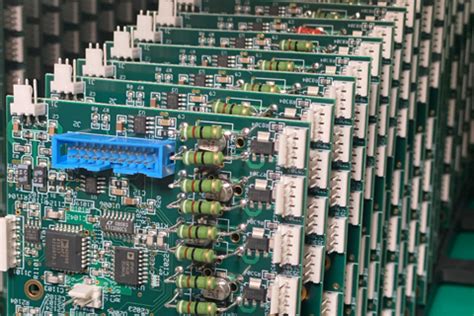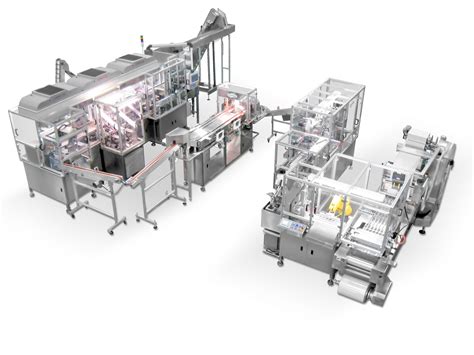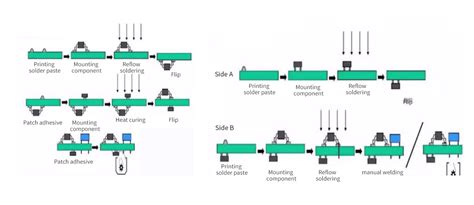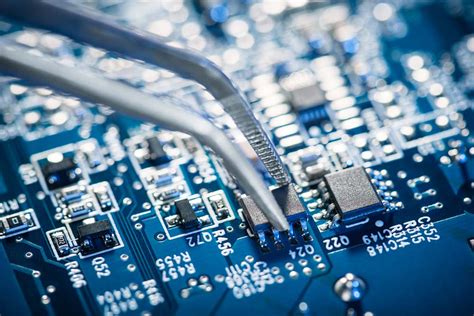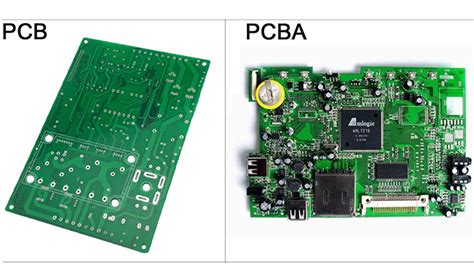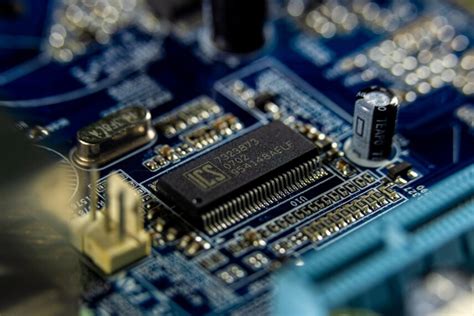Design to achieve efficient automatic wiring of PCB
Although the current EDA tools are very powerful, as the PCB size requirements are getting smaller and smaller and the device density is getting higher and higher, the difficulty of PCB design is not small. How to achieve a high PCB routing rate and shorten the design time? This article introduces the design skills and key points of PCB planning, layout and routing. Now the time for PCB design is getting shorter and shorter, and the smaller circuit board space, higher and higher device density, extremely demanding layout rules and large-sized components make the designer’s work more difficult.
In order to solve the design difficulties and speed up the launch of products, many manufacturers now tend to use dedicated EDA tools to implement PCB design. However, dedicated EDA tools cannot produce ideal results, nor can they achieve 100% routing rate, and they are very messy, and usually take a lot of time to complete the remaining work.
There are many popular EDA tool software on the market now, but they are similar except for the different terms used and the position of the function keys. How to use these tools to better implement PCB design? Careful analysis of the design before starting routing and careful setting of the tool software will make the design more in line with the requirements. The following is the general design process and steps.
1.Determine the number of layers of the PCB
The size of the circuit board and the number of wiring layers need to be determined at the beginning of the design. If the design requires the use of high-density ball grid array (BGA) components, the minimum number of wiring layers required for the wiring of these devices must be considered. The number of wiring layers and the stack-up method will directly affect the wiring and impedance of the printed lines. The size of the board helps to determine the stack-up method and the width of the printed lines to achieve the desired design effect.
For many years, people have always believed that the fewer layers of the circuit board, the lower the cost, but there are many other factors that affect the manufacturing cost of the circuit board. In recent years, the cost difference between multi-layer boards has been greatly reduced. It is best to use more circuit layers and evenly distribute the copper at the beginning of the design to avoid finding that a small number of signals do not meet the defined rules and space requirements when the design is nearing the end, thus forcing to add new layers. Careful planning before design will reduce a lot of trouble in wiring.
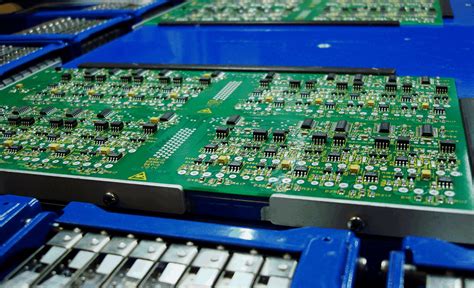
2.Design rules and restrictions
The automatic wiring tool itself does not know what it should do. To complete the wiring task, the wiring tool needs to work under the correct rules and restrictions. Different signal lines have different routing requirements. All signal lines with special requirements should be classified. Different design classifications are also different. Each signal class should have a priority. The higher the priority, the stricter the rules. The rules involve the width of the printed line, the maximum number of vias, parallelism, the mutual influence between signal lines, and the restrictions of the layers. These rules have a great impact on the performance of the routing tool. Careful consideration of design requirements is an important step in successful routing.
3.Component layout
In order to optimize the assembly process, the design for manufacturability (DFM) rules will restrict the layout of components. If the assembly department allows the movement of components, the circuit can be properly optimized to facilitate automatic routing. The defined rules and constraints will affect the layout design.
The routing path (routing channelwww.pcbdate.cn) and the via area need to be considered during layout. These paths and areas are obvious to designers, but the automatic routing tool will only consider one signal at a time. By setting routing constraints and setting the layers where signal lines can be routed, the routing tool can complete the routing as the designer envisions.
4.Fan-out design
During the fan-out design phase, in order for the automatic routing tool to connect the component pins, each pin of the surface mount device should have at least one via so that the circuit board can perform inner layer connections, online testing (ICT) and circuit reprocessing when more connections are needed.
In order to maximize the efficiency of the automatic routing tool, it is necessary to use the largest via size and printed wire as possible, and the spacing setting is 50mil. The via type that maximizes the number of routing paths should be used. When designing fan-out, consider the issue of circuit online testing. Test fixtures can be expensive and are usually ordered only when full production is about to begin. If you consider adding nodes to achieve 100% testability at this time, it is too late.
After careful consideration and prediction, the design of circuit online testing can be carried out in the early stages of the design and implemented in the later stages of the production process. The via fan-out type is determined based on the routing path and circuit online testing. Power supply and grounding will also affect the routing and fan-out design. In order to reduce the inductive reactance generated by the connection line of the filter capacitor, the via should be as close to the pin of the surface mount device as possible. Manual wiring can be used when necessary, which may affect the original wiring path and may even cause you to reconsider which via to use. Therefore, the relationship between the via and the pin inductive reactance must be considered and the priority of the via specification must be set.

5.Manual wiring and processing of key signals
Although this article mainly discusses the issue of automatic wiring, manual wiring is an important process in printed circuit board design now and in the future. The use of manual wiring helps the automatic wiring tool to complete the wiring work. As shown in Figures 2a and 2b, by manually wiring and fixing the selected network (net), a path that can be relied on for automatic wiring can be formed.
No matter how many key signals there are, these signals are routed first, either manually or in combination with automatic wiring tools. Key signals usually require careful circuit design to achieve the desired performance. After the wiring is completed, the relevant engineering personnel will check the wiring of these signals, which is a relatively easy process. After the inspection, fix these lines and then start automatic wiring of the remaining signals.
6.Automatic routing
For the routing of key signals, it is necessary to consider controlling some electrical parameters during routing, such as reducing distributed inductance and EMC, etc. The routing of other signals is similar. All EDA vendors will provide a method to control these parameters. After understanding the input parameters of the automatic routing tool and the impact of the input parameters on routing, the quality of automatic routing can be guaranteed to a certain extent.
General rules should be used to automatically route signals. By setting restrictions and prohibited routing areas to limit the layers used by a given signal and the number of vias used, the routing tool can automatically route according to the engineer’s design ideas. If there is no restriction on the layers used by the automatic routing tool and the number of vias, each layer will be used during automatic routing, and many vias will be generated.
After setting the constraints and applying the created rules, the automatic routing will achieve results close to the expectations. Of course, some finishing work may be required, and space for other signals and network routing must be ensured. After a part of the design is completed, fix it to prevent it from being affected by the subsequent routing process.
Use the same steps to route the remaining signals. The number of routing times depends on the complexity of the circuit and the number of general rules you define. After each type of signal is completed, the constraints on the remaining network routing will be reduced. However, this will lead to the need for manual intervention in the routing of many signals. Today’s automatic routing tools are very powerful and can usually complete 100% of the routing. However, when the automatic routing tool does not complete all signal routing, the remaining signals need to be manually routed.

